Australia Plans to Eliminate Invasive Carp From Murray-Darling River Basin
Using a virus as a weapon, authorities hope to open way for native fish.
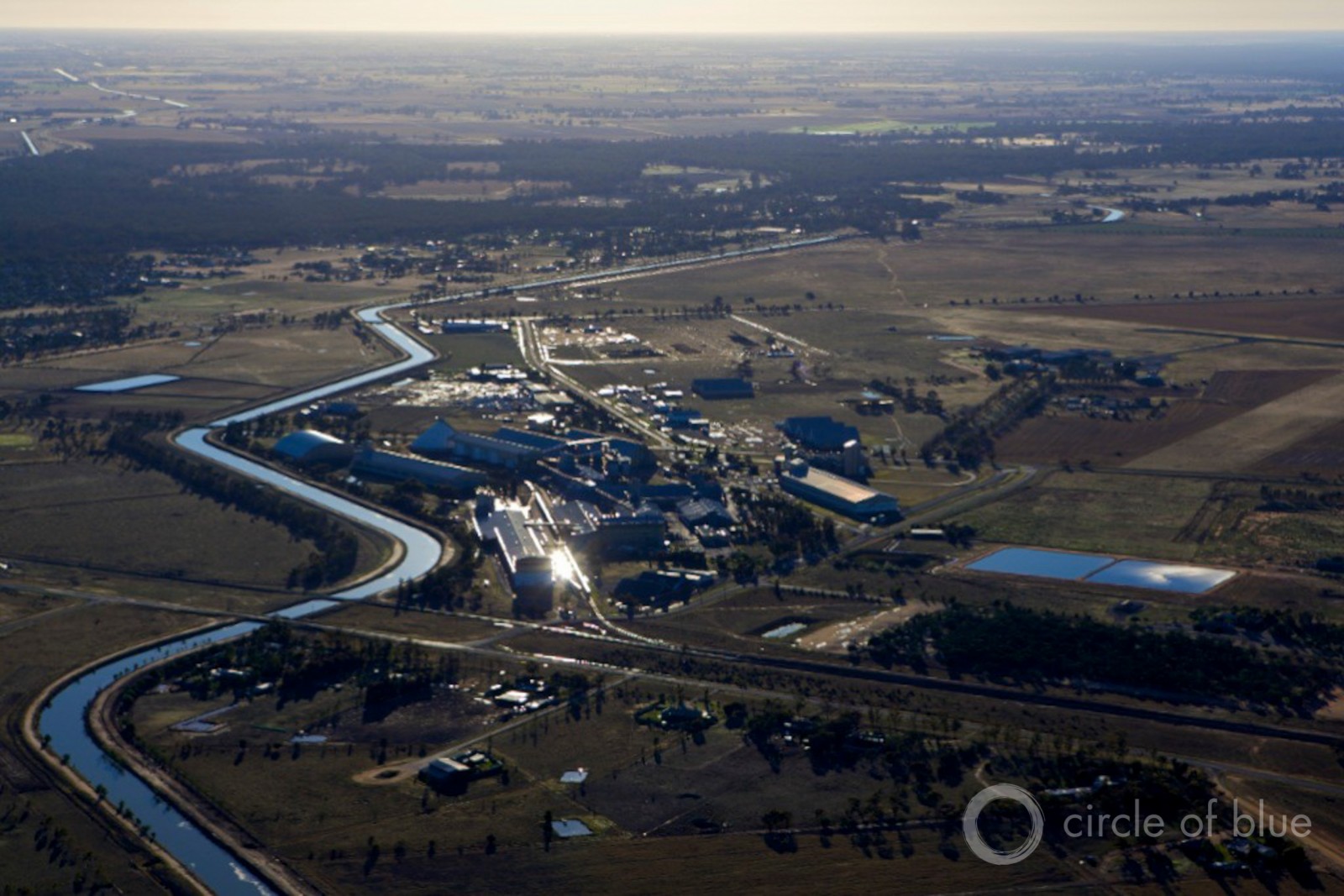
Invasive common carp have become so pervasive in Australia’s Murray-Darling River Basin that they now make up 90 percent of fish biomass in some stretches of river. Here, a tributary to the Murray in Deniliquin, New South Wales. Photo © J. Carl Ganter / Circle of Blue
By Codi Kozacek
Circle of Blue
Officials in Australia are calling it “Carpageddon”, an ambitious proposal to rid the country’s longest river system—the Murray-Darling—of invasive common carp. Lawmakers this week announced $AUD 15 million in funding to move forward with plans to use a virus that specifically targets and kills the carp. They hope that the invaders’ demise will allow struggling native fish populations to rebound. The funds will support further research into the virus and the development of a strategy to release it into the river by the end of 2018.
Carp populations have reached staggering proportions in the Murray-Darling River Basin.
Carp populations have reached staggering proportions in the Murray-Darling. The river system stretches across more than 1 million square kilometers (386,00 square miles) of eastern Australia, encompassing parts of Queensland, New South Wales, Victoria, and South Australia. Anglers and fish farmers introduced common carp to the Murray-Darling in the early 1900s, and widespread flooding in the 1970s helped them proliferate throughout the basin. In places, carp now comprise 90 percent of fish biomass in the river—meaning that for every 10 pounds of fish caught, 9 pounds are carp.
Their insidious spread is both a symptom of declining water quality in the Murray-Darling and a driver of it, according to Jonathan La Nauze, the healthy ecosystems program manager at the Australian Conservation Foundation. Carp can tolerate higher levels of pollution, lower water clarity, and lower oxygen levels than many native fish. The filter-feeding carp also churn up mud on the bottom of the river, decreasing clarity and ripping out native plants that are at the bottom of the food chain, he said.
“Carp, they actually thrive in degraded river systems, so the damage we’ve already done works to their advantage,” La Nauze told Circle of Blue. “Then they go in and make it worse.”
Going Viral
Despite decades of failed carp control efforts, eradicating them is now within reach. Researchers at CSIRO, the nation’s top scientific organization, spent the last eight years evaluating the potential of Cyprinid herpesvirus to act as a sort of natural predator to the carp.
The virus is a strain of herpes that first appeared in 1998 in Israel, where common carp are farmed. While it has devastating effects on common carp, damaging their gills, CSIRO’s research has shown that it leaves native Australian fish unscathed.
“Our work has shown that there are no clinical or pathological changes in these non-target animals, nor is there any evidence that the virus multiplies in these species,” CSIRO wrote on its website in January. “Chickens, mice, frogs, turtles and water dragons have also been tested as representatives of a wider community of birds, mammals, amphibians and reptiles. Again the virus has shown no effect on them which also makes us confident that it won’t affect that other major group of mammals – humans.”
Introducing new species to eradicate previously introduced pests has a checkered history in Australia. The success of some control programs—the cactoblastis moth used to stem the spread of prickly pear, for example –has been tempered by other efforts that backfired, including the introduction of the poisonous cane toad to control sugar cane beetles. Scientists and conservationists say the carp virus will be one of the success stories.
“There have been eight years of well-funded research looking at the potential threats of this virus to native species and the Australian environment,” La Nauze said. “We would not be supporting the use of this virus if it weren’t for the high level of confidence we have in that research.”
“What we’re talking about is not playing God, but bringing the ecosystem back into balance by introducing alongside the carp one of its natural predators,” he added.
More Needed For A Healthy Murray-Darling
Controlling common carp is seen as a crucial step toward reviving robust populations of native fish, according to the Murray-Darling River Basin Native Fish Strategy. By 2050, the strategy seeks to return native fish to 60 percent of their levels prior to European settlement. Currently, they are estimated to be at just 10 percent of their pre-European levels.
Carp, however, are just one strand of the knot entangling native fish in the Murray-Darling. Dams, competition for water from agricultural use, and the erosion of riverbanks have all significantly changed the river ecosystem over the past century.
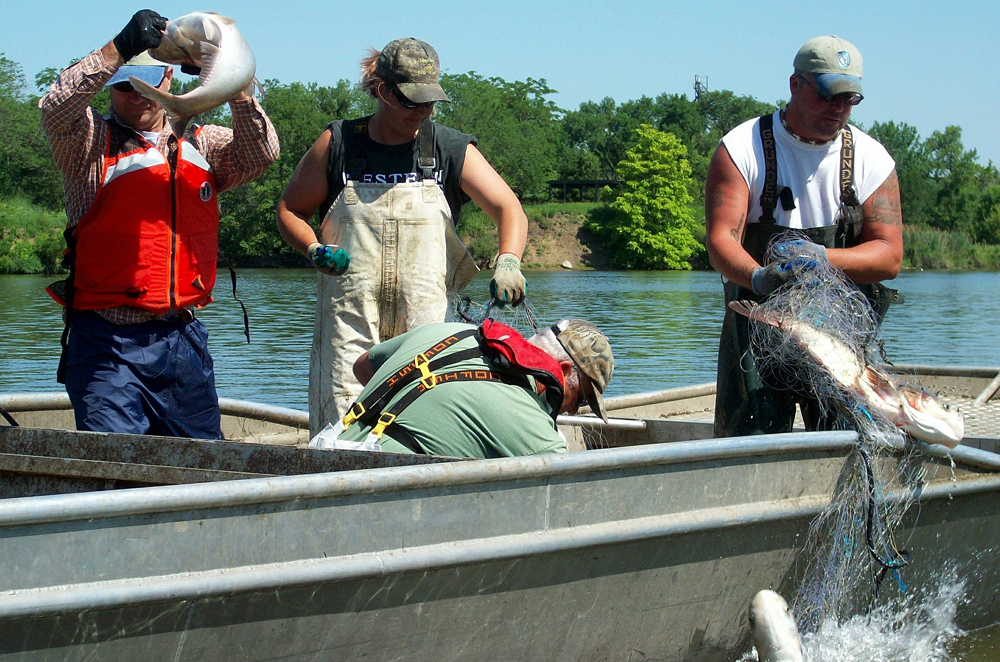
Several species of Asian carp are proliferating throughout the Mississippi River Basin in North America. Unlike the common carp in Australia, no virus is known to exclusively target Asian carp. Photo courtesy Nicole Roach/ U.S. Army via Flickr Creative Commons
“Certainly controlling the carp on its own will not succeed in seeing fish species recover completely,” said La Nauze.
Restoring the health of the river basin and its fish will require funding and support for a suite of habitat recovery initiatives, he said. Perhaps most importantly is the restoration of more natural river flows to underpin the gains made by other conservation efforts. That is the goal of the Murray-Darling Basin Plan, a pioneering water management blueprint to balance agricultural interests with environmental needs. Under the controversial plan, the government is buying back water rights from farmers to keep more water in the river. The plan went into effect in 2012, but it has not been fully implemented yet.
Other important measures include returning logs and snags to waterways to provide shelter for fish, preventing livestock from overgrazing riverbanks, and rehabilitating native vegetation in floodplains. Infrastructure upgrades to dams and irrigation pumps would also help by allowing fish free passage along rivers and preventing fish from getting sucked onto farm fields. All told, it could be a $AUD 100 million project requiring both federal and state support, said La Nauze.
A news correspondent for Circle of Blue based out of Hawaii. She writes The Stream, Circle of Blue’s daily digest of international water news trends. Her interests include food security, ecology and the Great Lakes.
Contact Codi Kozacek

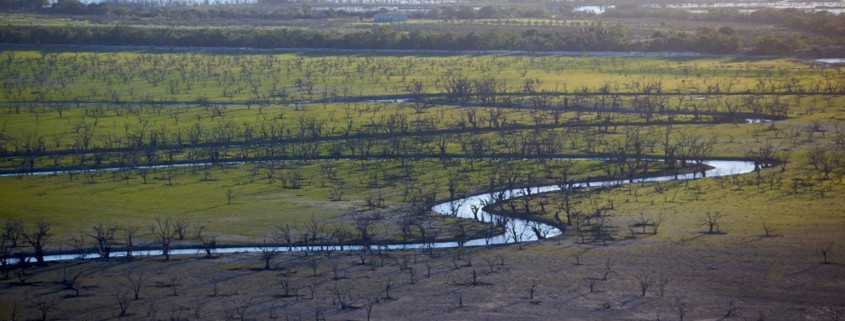



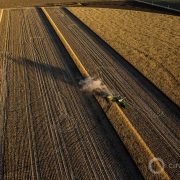
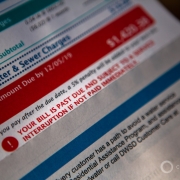

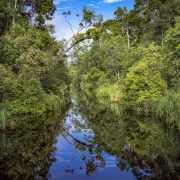



Whenever I read about Australia it is environment-related, sum it feel good that govt take action to save this and sometimes it’s bad that nobody should care, it’s not only govt but also our responsibility to take save this environment.